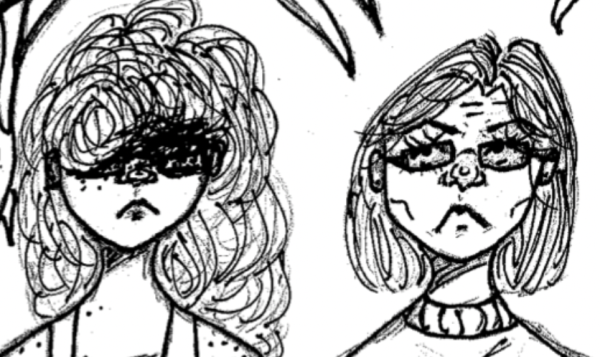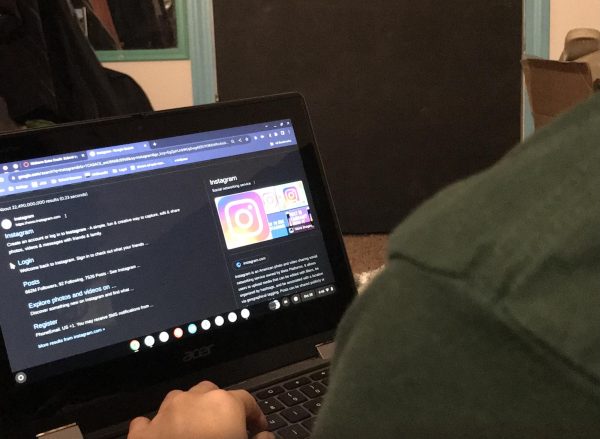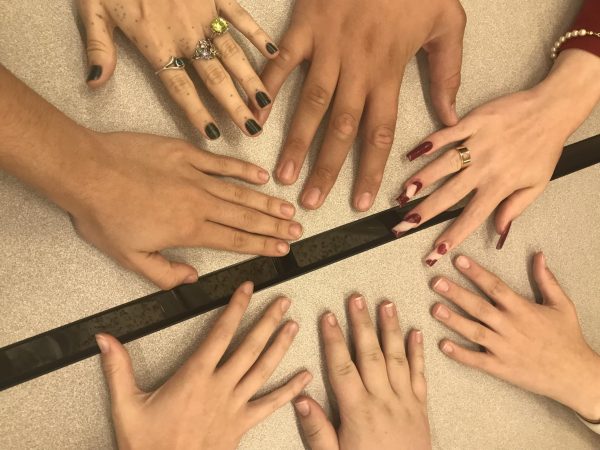Clashing with “Pokémon Sword” — REVIEW
A franchise that began in 1996 still thrives today.

The Pokémon franchise began in 1996.
February 14, 2020
The “Pokémon” franchise, a behemoth when it comes to the video-game industry, consists of people capturing strange creatures that can evolve to become powerful monsters as they battle their way to the top of society while also taking down an evil corporation. Players are given the task of battling other trainers and gym leaders while also filling out their Pokédex (now harboring 807 different pokémon.) Each game brings along a new storyline, pokémon to capture, and gym leaders to battle through. They also come with new “legendaries.” These legendary pokémon are often seen as deities of different aspects of life.
Whenever a new game is released, one or even two other–yet similar–games come alongside it, with the most recent installations being “Pokémon Sword” and “Pokémon Shield.” Similar to “Sun” and “Moon,” these games caused a massive shock when information about it came out. First, they were cutting off hundreds of pokémon and only letting a select 400 be capturable. Next, a new area called the “Wild Area” was introduced that left people curious as to how it would function. Finally, they introduced yet another new featured titled “Raid Battles.” These battles involved massive pokémon–some even getting new forms in this state–to take on in a 4v1 battle for rewards and a chance to capture it. “Sword” and “Shield” are also now releasing DLC content that will expand the dex once more, pleasing many fans that were critical of it beforehand.
My favorite part about the game has to be shiny hunting and battling. I highly enjoy obtaining and collecting rare things, so trying to get a different-colored pokémon is satisfying. Meanwhile, my inner rpg-nerd absolutely loves strategy. While there wasn’t too much leeway–due to the limited dex–I still find it fun to determine which move is the best for a situation in order to come out victorious. It’s even amusing to train your monsters in different and unique ways, and use movesets or abilities that can change your entire game plan with that pokémon.
I still have my qualms with this game, mostly with the sheer amount of money you need to spend to have a more pleasurable experience. With the introduction of two DLCs, users now have to pay $30 a piece alongside the $60 cost of the base game. Not to mention that you also need to spend $20 a year in order to access the Switch’s online features to trade and battle. On top of all of this, users now also must pay a cost to access the premium features of the Pokémon Home app, which is used to store and trade pokémon easier. As a broke high school student, it can be quite annoying to get over these hurdles. Still, every pokémon can be obtained through sheer will and a lot of stalking the Global Trade System on the Home app.
If you find yourself looking to buy games similar to this, I’d recommend trying out the other Pokémon games, besides “Let’s Go Eevee” and “Let’s Go Pikachu,” which only use the Kanto region and a strange battle mechanic) However, these games all come on various handheld consoles, like Gameboy Advanced, DS, and 3DS. Otherwise, there’s many games similar to “Pokémon” being released for mobile app stores and some free online sites that offer their own twist on the pokémon universe.













